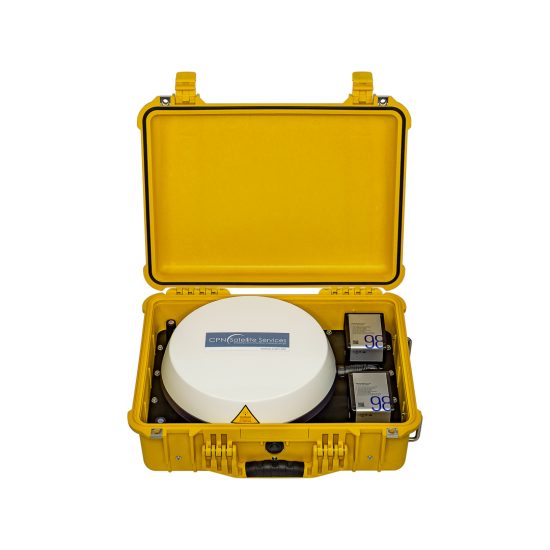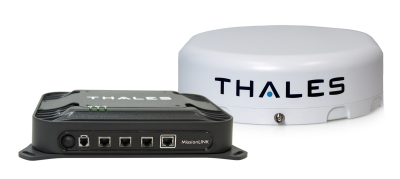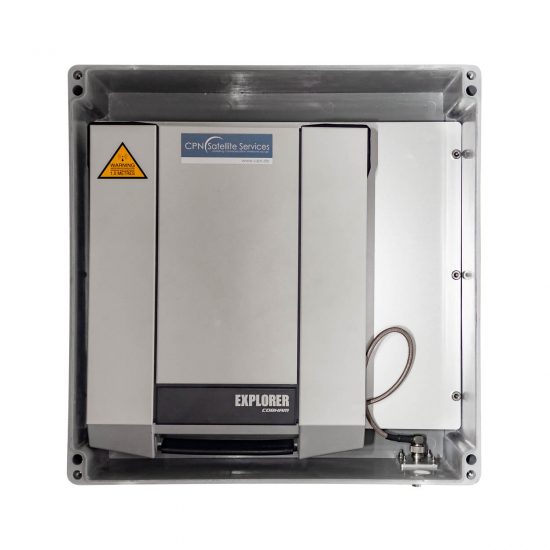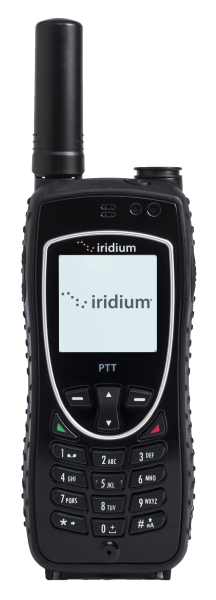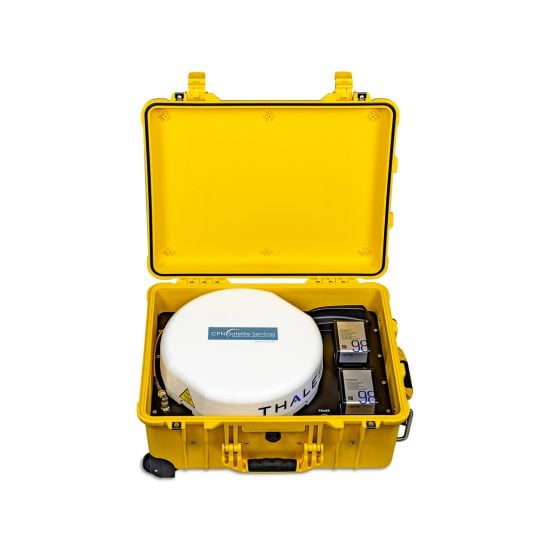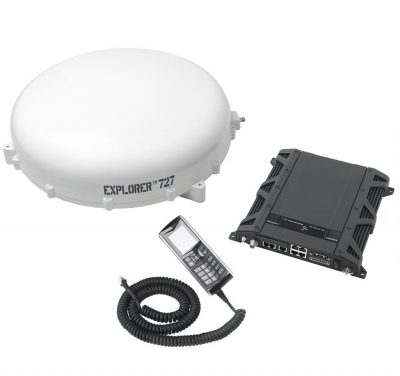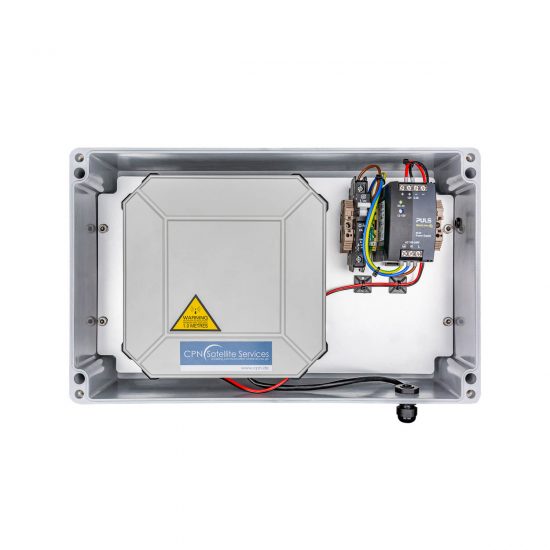Satellite phones
portable (satellite phone) equipment individual users
Supporting your global communications
Connecting your clients no matter where
Network management and proactive monitoring
Tailored solutions from concept to delivery
Bespoke applications for optimal efficiency
Electrical, retrofits, installations and more
Technical Support
Supporting your global communication needs throughout your organization
On-Site Support
Supporting your global communication needs throughout your organization
Organizations or institutions with important significance for the state community are called “critical infrastructures” (KRITIS). The failure or impairment of these infrastructures can have dramatic consequences.

Experience shows that common communication networks such as landlines, mobile phones or the Internet are overloaded in the event of a crisis or are no longer available after a few hours or minutes.
The failure or overload of terrestrial networks (such as landlines, mobile communications or the Internet) can be caused, for example, by extreme weather conditions, widespread, long-lasting power outages or by IT-related hazards.
In order to avoid or prevent a failure or impairment of critical infrastructures, crisis-proof and independent emergency communication is crucial.
Satellite-based solutions enable instant communication anywhere!
The variety of telephones and terminals available today meets every requirement for a modern communication unit - whether mobile or stationary.
The extensive equipment of the current devices offers numerous application options at the highest level of security.
The telephones and terminals are available in different sizes and functions and can be optionally configured.
The devices are generally very robust as they were designed for use under extreme conditions by military organizations, media and aid organizations.
Most devices are dust and splash-proof, and some even have protection class IP-67.
portable (satellite phone) equipment individual users
Suitcase solutions. Equipment for individual users or emergency teams
Equipment deployment/service vehicles
Connection (permanent) central, control center connecting different locations

